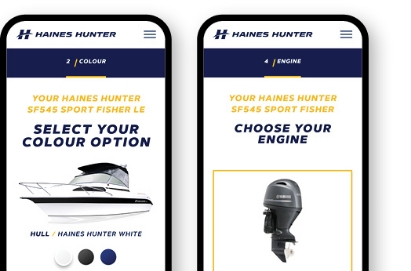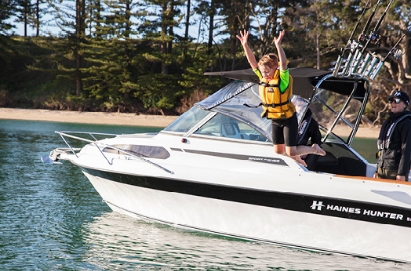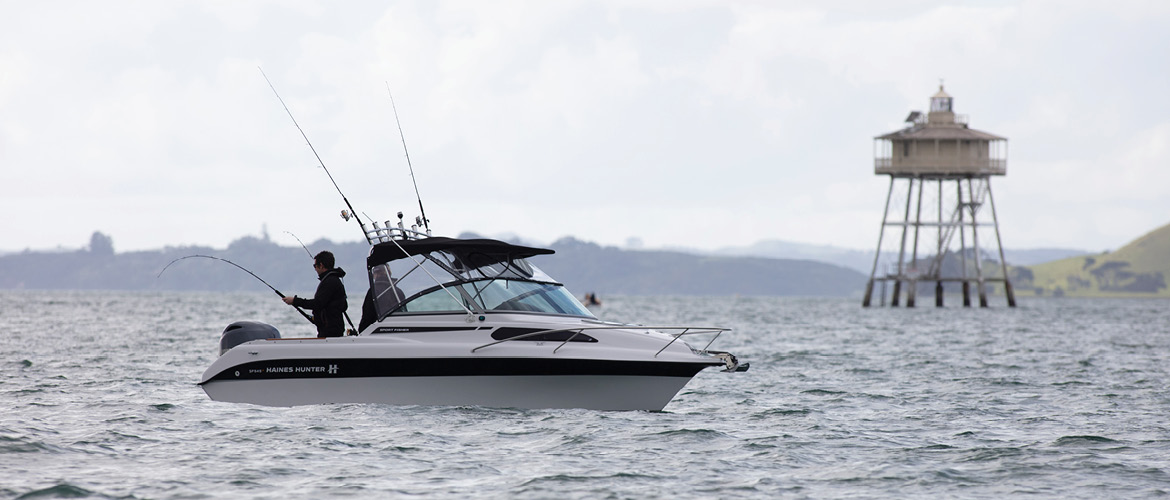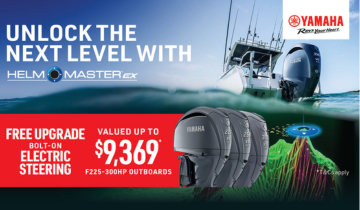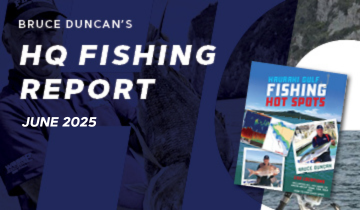Knowing the state of the weather and anticipating whether it is likely to change can make all the difference to your boating day. It is not just about being safe. It is also about being adequately prepared so that all aboard are comfortable. That means protecting the crew from hot sunshine, heavy rain showers, cold breezes, or gearing for the more physically demanding effects of strong wind or residual swell.
Most motorboat owners know how to avoid a full gale, but keeping everyone onboard happy is much more to do with the nuances of the weather on a seemingly benign day. When ashore, we often tend to lose our sense of what nature is up to. Even before we arrive at the boat, we need to get in tune with the elements. Fortunately, understanding the likely weather conditions ahead has never been easier.
In this article, we’ll look at some weather basics – how to get good information ahead of time and on the day. Then what to look out for.
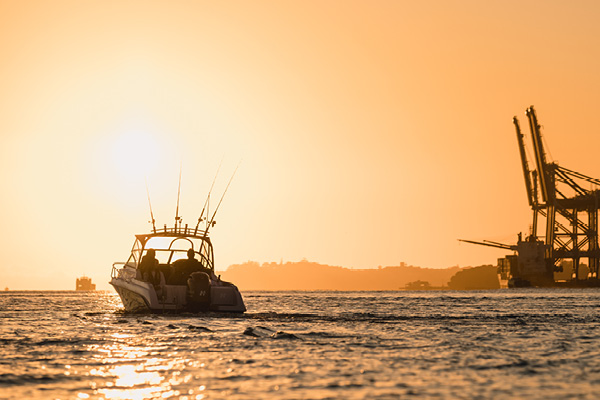
Sources of weather information
Weather information is readily available using weather apps like the free Simrad® App, which has weather built right into its charts. Find it on the Apple App Store or the Google Play Store.
Internet sites, local radio, and even TV forecasts can help you build a picture too, but remember that wind speeds over open water are typically faster than indications you’ll see for land forecasts. They may also be expressed in a different unit of measurement.
Marine forecasts are the right thing to reference if you are not that experienced at interpreting weather information. Depending on the country you do your boating in, sites like MET Service offer very reliable weather information.
Many commercial websites and apps also offer weather data, some of it very detailed for local areas. If you compare them, you may see significant variations in the forecasts – this is likely due to the methods of computer modeling used from meteorological data. It’s a good idea when trying these sites to see how their forecasting stacks up against ‘actuals’ (actual observed weather) and find the sources you trust the most for your region.
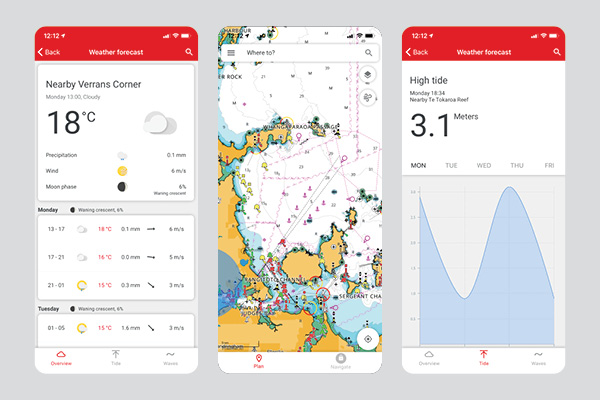
Local conditions
Depending on where you do your boating, there can be highly localised effects that won’t always feature in a more general forecast, such as a sudden rise in the wind or the arrival of fog. For example, on a hot day, you may see quite significant sea breezes (wind that drives from the sea to the land) arrive in the afternoon and land breezes into the night.
Strong katabatic winds can occur along hilly and mountainous coasts (also known as a ‘drainage wind’ because it carries high-density air from a higher elevation down a slope under the force of gravity).
Some coasts can be more vulnerable to poor visibility in certain circumstances. In addition, for those boating in tidal waters, there will undoubtedly be combinations of wind direction against the current to be more careful about.
The answer in all cases is to read references like a local pilot book and seek local knowledge in conversations with fellow boaters and the harbour office.
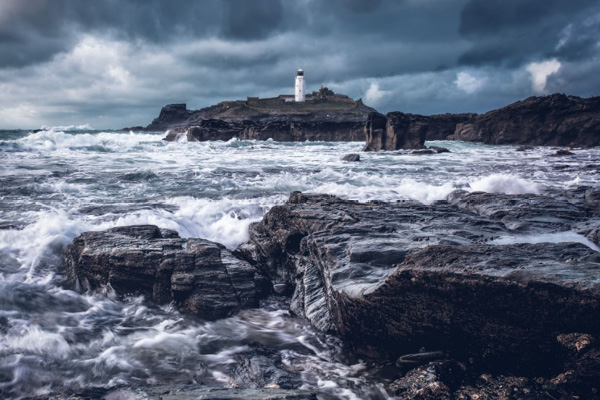
Build the picture
Weather arrives from somewhere else, and it is also dynamic, often declining or rising as it moves. Rather than wait until the moment you turn up at the boat before thinking about crucial things like wind direction and strength, start focusing on conditions from around five days before your visit. It’s a lot easier to foresee what is likely to happen if you are already in tune with how things are shaping up.
While modern forecasting systems offer extensive interpreted data to simplify life, the keen weather watcher will get familiar with the detail. Synoptic charts (which typically show the pressure gradients for a vast area) and high and low-pressure patterns to monitor weather behaviour—the tighter the isobars, the livelier the conditions.
You can also build a picture of whether rain is due or whether the temperature is likely to be less favourable for your planned lunch at anchor.
The most successful boating plan is one that plays to the weather. Your crew will very much like the day more if you sit out the imminent rainstorm or pick the downwind route where the boat will be less physically demanding on its occupants.
Weather en-route
An understanding of the weather conditions at your departure venue and en route should be logged and the appropriate planning put in place before you set out.
If conditions are adverse for your initially intended destination, then consider changing your route to provide a more comfortable time afloat. Pay attention to any intended stopping places, such as an anchorage, to ensure the conditions won’t be too choppy.
Keep an eye on the weather while afloat and listen for updates over the VHF radio, particularly if you are out of internet or mobile cell range.
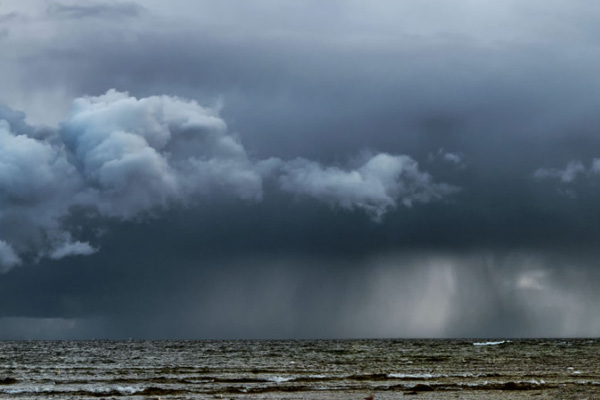
Weather isn’t a constant, so don’t forget to use your senses and be alert to:
-
Sudden drops in temperature
-
Increasing wind speed or sudden change in direction
-
Changes in cloud formation and colour
-
Fast reduction in barometric pressure (measured on your barometer if you have one but also reported in forecasts and online weather data)
-
Seas increasing in swell and white horses (breaking wave crests)
-
Lightning on the horizon and increase in radio static
-
The sudden appearance of fog on the horizon
-
Sudden large areas of weather activity on the radar (rain typically shows up on screen as water reflects the radar transmissions).
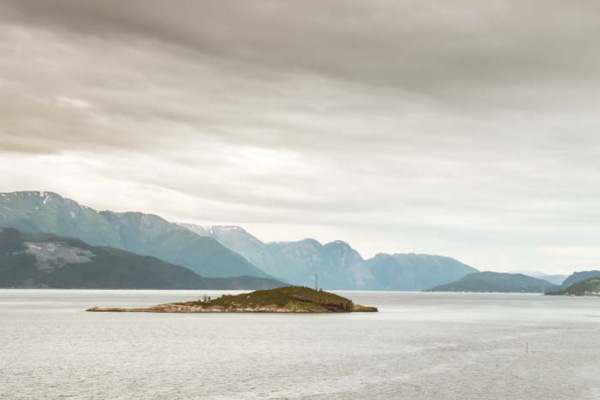
Other effects of weather
The weather does not always have to be cold, rough, or stormy to cause issues aboard.
A period of increased temperature can offer challenges to crew welfare, causing sunstroke or dehydration, which is hugely debilitating and harmful if not treated effectively. However, the cooling breeze passing over your deck can mask the feeling of getting too much sun until it is too late, so ensure your crew has appropriate protection and keep everyone hydrated with plenty of water to drink.
Conversely, a crisp cold morning or nighttime might leave an invisible sheen of ice on the deck or pontoon to catch the unwary.
A relatively light breeze against a strong tide can still cause wave conditions that might be uncomfortable, and that favorite lunchtime anchorage stop might be a less happy experience in an onshore sea breeze.
Use the great weather resources available and take time to get in tune with what is happening for the best experiences afloat.
